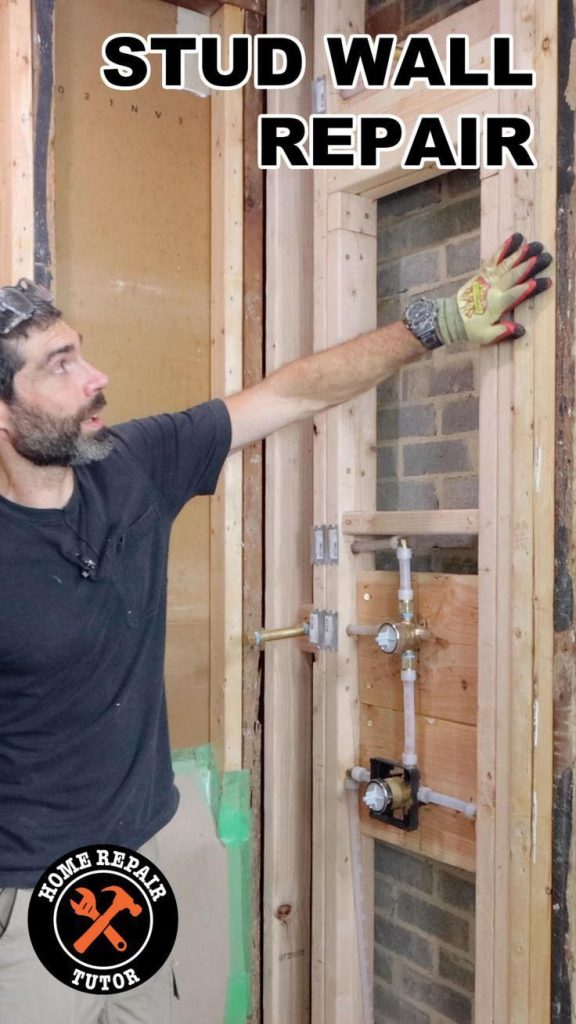

DIY carpentry is a fantastic way to give your home a unique personal touch, adding both style and functionality. It allows you to breathe new life into your interior design, and it often comes with a significant cost saving compared to hiring a professional. If you’re passionate about home improvement but aren’t sure where to start, this guide is for you. This comprehensive guide will delve into everything you need to know to successfully undertake DIY carpentry projects. We’ll explore planning, budgeting, tool selection, and safety measures, ensuring you feel confident and empowered to take on any project, from simple repairs to complete room makeovers. We’ll cover different areas of the home, offering actionable advice and inspiring visuals. Let’s explore the world of DIY carpentry!
Planning Your DIY Carpentry Projects
Understanding Your Needs and Scope
Before you start hammering and sawing, it’s crucial to define your project’s scope. What specific areas of your home would you like to transform? What’s your budget? What are your goals? Do you want to create a unique focal point, or improve functionality? Carefully assess your needs and resources to determine realistic goals for your project. A detailed plan will prevent costly mistakes and ensure smooth project completion. Start with a thorough visual inspection of your home interior. Take note of any flaws, worn-out pieces, or areas where an aesthetic upgrade could be beneficial. Be as specific as possible in outlining the changes you want to implement, such as adding a new shelving unit, replacing old cabinet doors, or updating wall panels. It’s not uncommon for DIY enthusiasts to overestimate their capabilities or underestimate the time commitment and resources a project requires, which is why meticulous planning is critical.
Setting a Realistic Budget
Cost-effectiveness is a significant advantage of DIY carpentry. However, accurately estimating project costs is crucial. Consider the materials (wood, hardware, paint, etc.) and labor (if any) involved. Research prices online or at local home improvement stores. Don’t forget to factor in any potential unexpected costs or adjustments, because accurate budgeting keeps your project on track and within your budget. You could also hire a local carpenter for consultation if you are unsure about the pricing and materials needed.
Choosing the Right Tools
Essential Carpentry Tools
Having the right tools is vital for a successful DIY project. Essential tools for most tasks include hand saws, hammers, screwdrivers, measuring tapes, and levels. Don’t underestimate the importance of quality tools; investing in durable, high-quality tools will save you time and frustration in the long run. Choosing the right tools is critical to ensure safety and efficiency. Consider what type of wood you will be working with. If you will be working with softer woods, you can use a handsaw or a saw with lower teeth, and if you will be working with hard woods, you need tools with stronger teeth and more power to prevent damage or breakage.
Safety Precautions
Safety should always be your top priority when working with power tools. Always wear appropriate protective gear, including safety glasses, gloves, and hearing protection. Follow the manufacturer’s instructions carefully when using any power tool. Ensure your workspace is well-lit and free of obstructions to prevent accidents. Make sure your power tools are in good condition and do regular checks on them. Regular maintenance will prevent any unexpected accidents or injuries. Remember that you can create DIY projects with a wide array of safety tools, ensuring safety and efficiency in every step.
Creating Design Ideas
Brainstorming and Inspiration
Before starting a project, dedicate time to brainstorm and explore different design ideas. Look for inspiration from home décor magazines, Pinterest, or even social media to get creative juices flowing. Pinterest is a wonderful platform to explore a vast collection of DIY projects. When looking at pictures, pay attention to the materials used in the projects and how they are implemented. Note down ideas, designs, or any other elements that are relevant to the project you are trying to create. It’s important to envision how the finished product will look in your home, and how the project fits in with the overall aesthetic and functionality of your home’s design.
Implementing Your Design Ideas
Execution and Refinement
Now it’s time to put your design ideas into action. Follow your plan meticulously, and don’t hesitate to make adjustments as needed. Pay close attention to detail, and always double-check your measurements before cutting any wood. This is essential to prevent errors and save time during the project.
Refinishing and Final Touches
Staining and Painting
Give your finished project a professional touch with staining or painting. Choose colors that complement your home’s design and enhance your vision. Take your time in sanding and applying the finishing touches, ensuring smooth surfaces and a polished appearance. Use brushes or other tools to apply the paint or stain to your project. Pay close attention to the type of stain or paint you use, so that it will blend well with the wood type or material.
Choosing the Right Materials
Selection of Wood Types
The choice of wood greatly impacts both the aesthetic appeal and the durability of your project. Different woods have varying characteristics, so consider the project’s intended use when selecting the appropriate type. Hardwoods like oak or maple often offer more stability and a rich, natural look but may come with a higher price point. Softer woods like pine or fir are more affordable but might not be as durable for high-stress applications. There are many resources available to help you understand the properties of different wood types, and comparing different options before your purchase can save you money in the long run.
Tool Maintenance and Safety
Proper Care and Usage
To ensure the longevity and optimal performance of your carpentry tools, regular maintenance is key. This includes cleaning, sharpening, and storing them properly. Proper tool maintenance can prolong the life of your tools and ensure they remain in good condition.
Common Problems and Solutions
Troubleshooting Techniques
This section will help troubleshoot some common problems in DIY carpentry. Problems such as crooked cuts, loose nails, or warped wood can be resolved using various methods. Detailed instructions for tackling these challenges will ensure a smoother project execution. These methods will help you identify and resolve problems before they escalate.
Advanced DIY Carpentry Techniques
Implementing More Complex Projects
This section will go into detail about implementing more complex carpentry projects, including advanced techniques such as molding, installing cabinetry, or creating custom furniture. Detailed instructions will help in designing and implementing more complex DIY carpentry projects. These methods are designed for more advanced DIY enthusiasts and should be implemented accordingly.
FAQ
What are some budget-friendly materials I can use for DIY carpentry projects?
One of the best aspects of DIY projects is the cost savings. When working with budget constraints, you can explore a variety of wood types, including plywood, particleboard, and reclaimed wood, to save money. Plywood is known for its strength and stability and comes in various thicknesses, making it suitable for a wide range of applications. Look at used materials from construction sites or online marketplaces to get cost-effective options. Another great way to lower costs is to use scrap wood, which is often available for free or at a discounted price. For example, you can use it to create shelving units or decorative accents for your home.
How can I avoid common mistakes in DIY carpentry?
One of the most common mistakes in DIY carpentry is not having a clear plan and design, or not having a well-defined goal for the project. Taking your time to research and look at examples of projects done before can help you avoid a lot of issues that might arise during construction. Make sure to use the right tools for the task to avoid potential damage. Always ensure that your tools are sharp and in good condition to ensure efficiency. Double-checking your measurements before cutting any wood is essential. Following detailed instructions and using visual guides while working on your projects can help prevent any mistakes.
In conclusion, DIY carpentry projects can significantly transform your home’s interior, offering a blend of aesthetic enhancement and personal satisfaction. By carefully planning your projects, choosing the right tools, and following safe practices, you can create beautiful and functional spaces within your budget. Don’t hesitate to explore different DIY carpentry ideas and take on new challenges; it’s a rewarding journey that allows you to express your creativity. If you’re ready to embark on this transformation, start by identifying your home’s needs and the specific areas where DIY carpentry can make the biggest impact. Research projects relevant to your budget and skill level, and consider seeking expert advice when necessary.